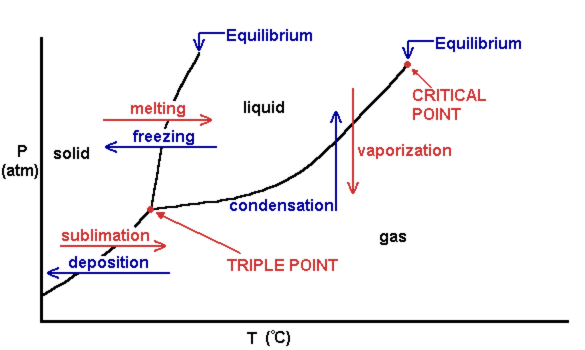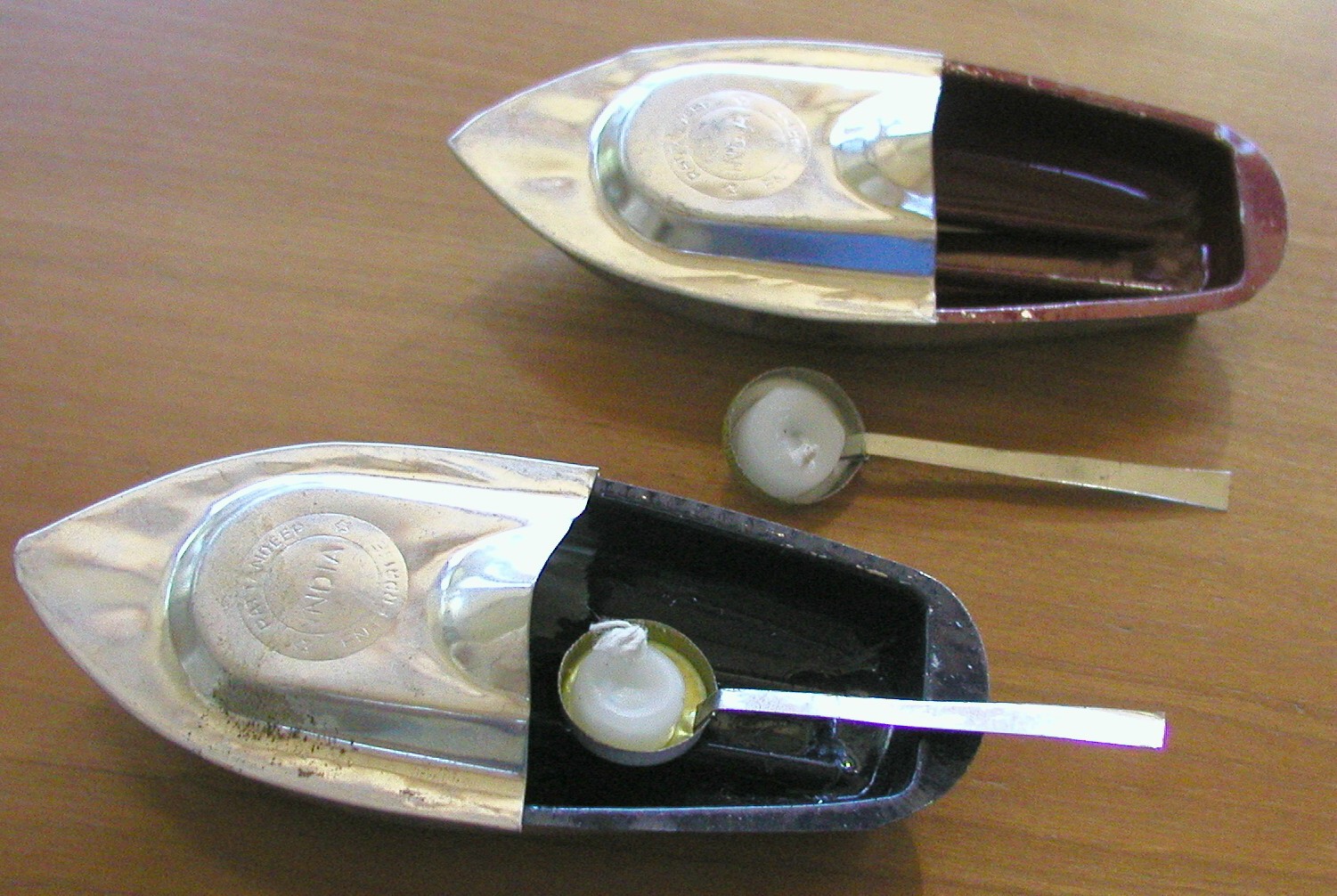Once we finished our Biodiesel projects, we began our next unit: Energy and Phase Diagrams. On Friday, we learned about energy changes and how they are due to the rearrangement of chemical bonds. Most people believe that energy is stored in chemical bonds. However, the "addition of energy is always a requirement for the breaking of bonds, but the breaking if bonds in itself, does not release energy. " "Whether or not an overall reaction releases or requires energy depends upon the final balance between the breaking and forming of chemical bonds." That's where we came to endothermic and exothermic reactions. In an endothermic reaction, energy is gained from the surroundings of the reaction. In an exothermic reaction, energy is lost to the reactions surroundings. Here are diagrams that displays this concept:
 |
| https://www.premedhq.com/endothermic-and-exothermic-reactions |
 |
| http://pindex.com/b/ks3chemistry/energetics |
In addition, we learned about calculating heat. To find heat or any of the other components in the equation, use the formula MCAT (M= mass, C= specific heat, AT=delta/temperature=change in temp)
 |
| http://www.wikihow.com/Calculate-Specific-Heat |
Here are some other helpful links that further explain what we learned in the lesson:







